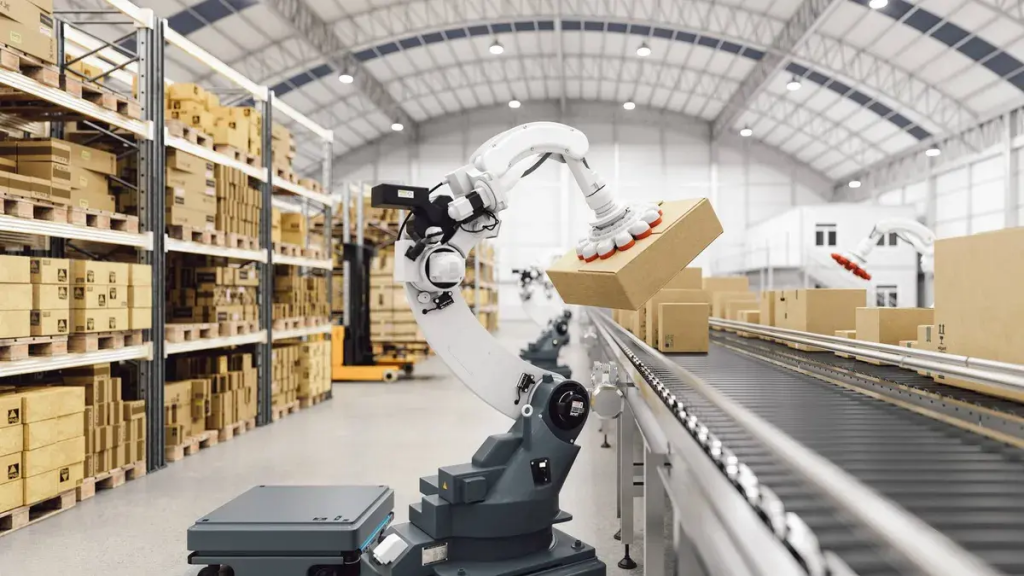In the rhythm of global manufacturing, South Korea has set the tempo by registering a remarkable milestone: 1,000 robots per 10,000 manufacturing workers. With Singapore hot on its heels at 670 robots, South Korea holds the coveted crown as the leader in robot utilization in manufacturing. Meanwhile, China stands fifth with 322 robots per 10,000 workers, trailing behind the United States, which sits in seventh place with 274 robots.
Yet, South Korea’s dominance isn’t just a statistical feat; it’s a testament to unwavering commitment. While the report doesn’t specify whether this refers to North or South Korea, the latter has been an illustrious player in robotics development through diverse initiatives. In particular, South Korean industrial giants like LS Mtron, Doosan Robotics, and Hyundai Robotics have spearheaded the production of industrial robots that cater to various manufacturing industries, from machinery to electronics and automobiles. Their portfolio includes an array of robotic arms and automation systems engineered to elevate manufacturing efficiency and productivity.

South Korea’s influence extends beyond traditional industrial robots; they are pioneers in collaborative robots, or cobots, designed to harmoniously and safely work alongside human counterparts. Companies such as Hanwha Robotics and Techman Robot have been instrumental in manufacturing these cooperative machines for seamless integration into assembly lines.
The South Korean government has acted as a propeller, offering substantial financial support, research grants, and incentives to drive research and development activities in the robotics manufacturing sector. This nurturing environment has not only intensified competition but also hastened technological advancement. South Korean universities and research facilities have enthusiastically pursued robotics research and development, resulting in a rapid evolution of technology. Collaborations between these academic institutions and the commercial sector have birthed a thriving market, transforming South Korea into a formidable player in the international robotics export arena, known for the quality and reliability of its robotic products.
Nevertheless, the winds of change are gusting through the world of robotics manufacturing. Emerging businesses and expanding product lines are altering the landscape. According to the International Federation of Robotics (IFR), China has surged ahead in the rate of new robot adoption. Their actual robot adoption rate, as a percentage of the expected rate, soars at a staggering 850 percent, dwarfing South Korea’s 450 percent. The looming question is whether China will soon eclipse the current front-runner.

The possibility looms large as China has unleashed substantial financial resources at the national and provincial levels to subsidize using robots and automation technologies. China’s audacious Robotics Industry Development Plan, operational from 2016 to 2020, harbors ambitious aspirations: to elevate robot usage tenfold by 2025. With formidable objectives and significant investments, China is poised to challenge South Korea’s undisputed supremacy in the global robotics manufacturing arena.
As the world watches, the future of robotics unfolds, with South Korea leading the dance but China poised to join the fray in an electrifying performance of innovation and automation.


